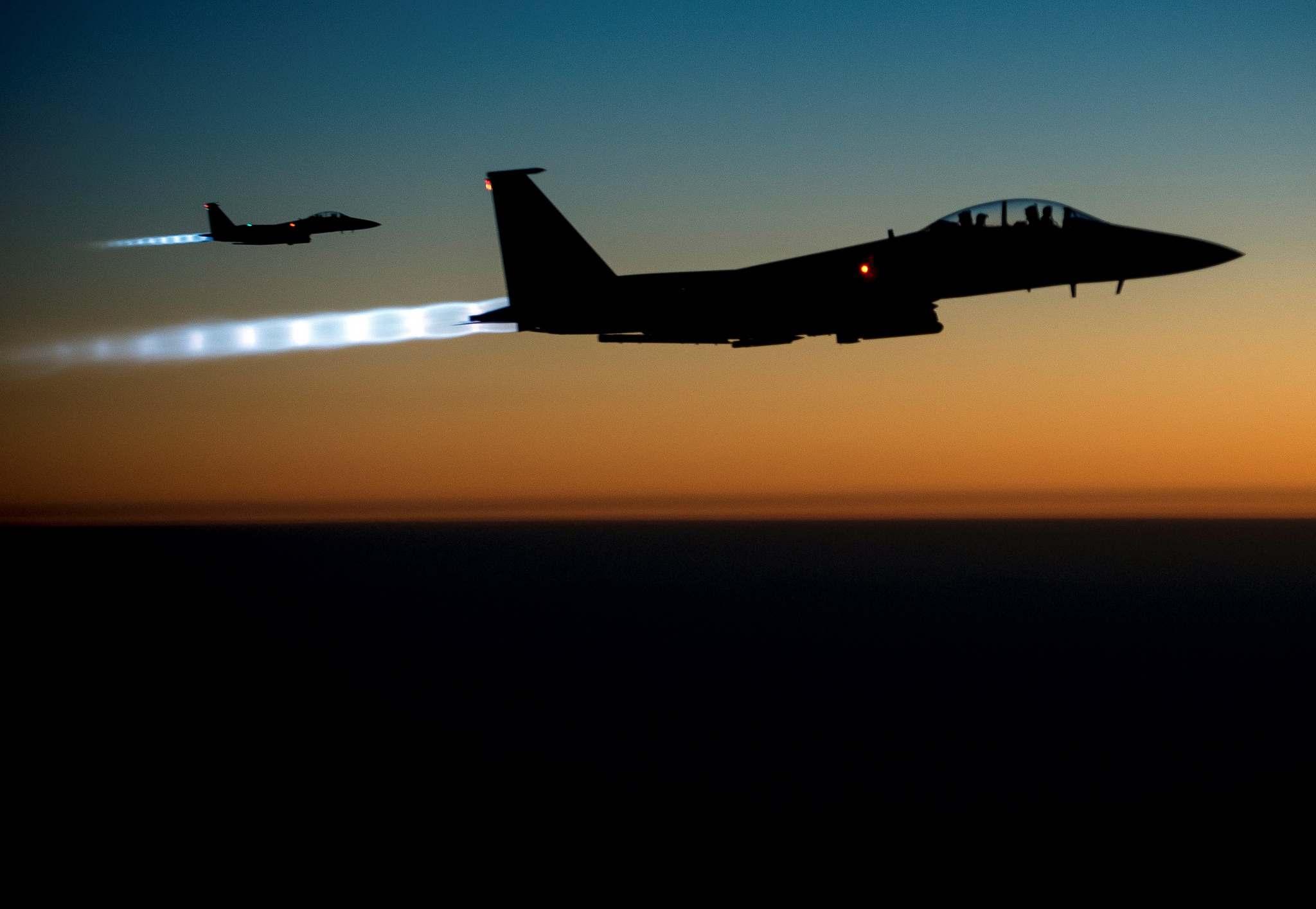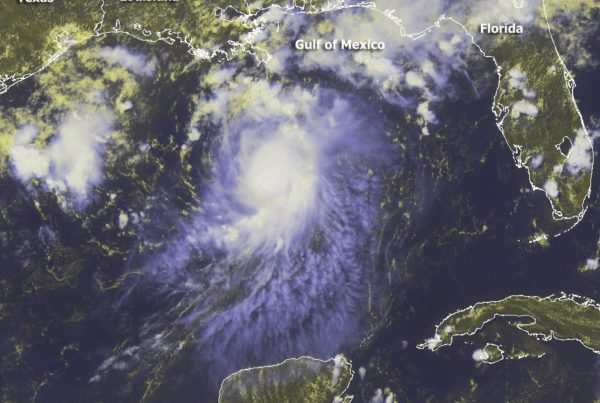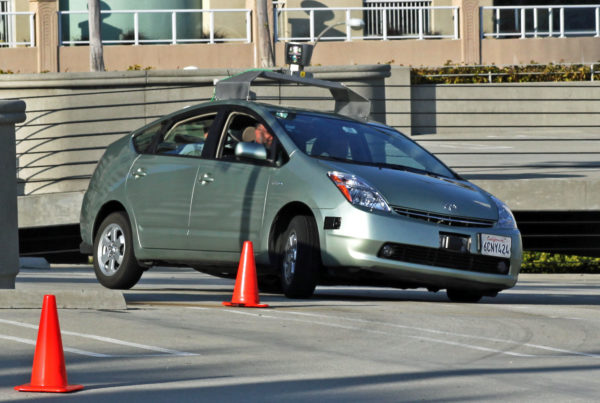If you Google ‘Syria and civilian casualties’, you’ll find numbers that vary widely depending on who is reporting the information and why. Russia has long been blamed for a lack of discretion in choosing targets for its airstrikes, leading to massive numbers of civilian deaths. But with President Donald Trump giving field commanders more latitude to fight ISIS, claims of civilian casualties caused by American-led forces have increased significantly.
The U.S. military announced Saturday that it has opened a formal investigation into a U.S.-led airstrike in Mosul, Iraq that occurred sometime between March 17 and March 23, and which may have killed 200 civilians.
Michael Mosser, a professor at the University of Texas at Austin who specializes in international relations and global studies, says that it would be overstated to say that increased casualties are an effect of the change in presidential administrations.
“In many respects, it’s a continuation or a ramping up of the previous administration’s policies,” Mosser says. “These casualties [are] an effect really of what we would call reprioritizing ground forces and airstrikes together in Iraq and Syria with the new administration.”
The Trump administration believes that it was elected on a platform of change across the board. Mosser says that one of the ways it intends to create change is through increasing the number of American forces on the ground, paired with carrying out more airstrikes on areas where ISIS fighters are located. While these targets – which are in densely populated cities – weren’t off limits during the Obama administration, they were less of a priority.
Following the airstrike in Mosul, many people took to social media to share images of bloody bodies.
“It is absolutely standard operating procedure to conduct what is called a battle damage assessment,” Mosser says, regardless of social media outcry. “In this new social media environment, we do have a great deal more information that’s coming out about attacks. The question is: is this information validated, is this information in any way objective.”
He cautions that while the military may appear to be dragging its feet or trying to hide something, the methodical nature of these investigations often accounts for the slow release of information and the delay between an actual attack and the public acknowledgement of an investigation.
Many have questioned whether Trump’s decision to grant greater autonomy to commanders on the battlefield could result in increased civilian casualties. Mosser again warns against drawing conclusions — while there may be a correlation, there isn’t necessarily a causation.
“The military is not going in literally guns blazing and striking targets that have not been properly vetted,” he says.
“Civilians have been paying the price in this war since the beginning,” Mosser says. “To say that civilians are paying more of a price [now] may be a bit too far.”
Written by Molly Smith.
















